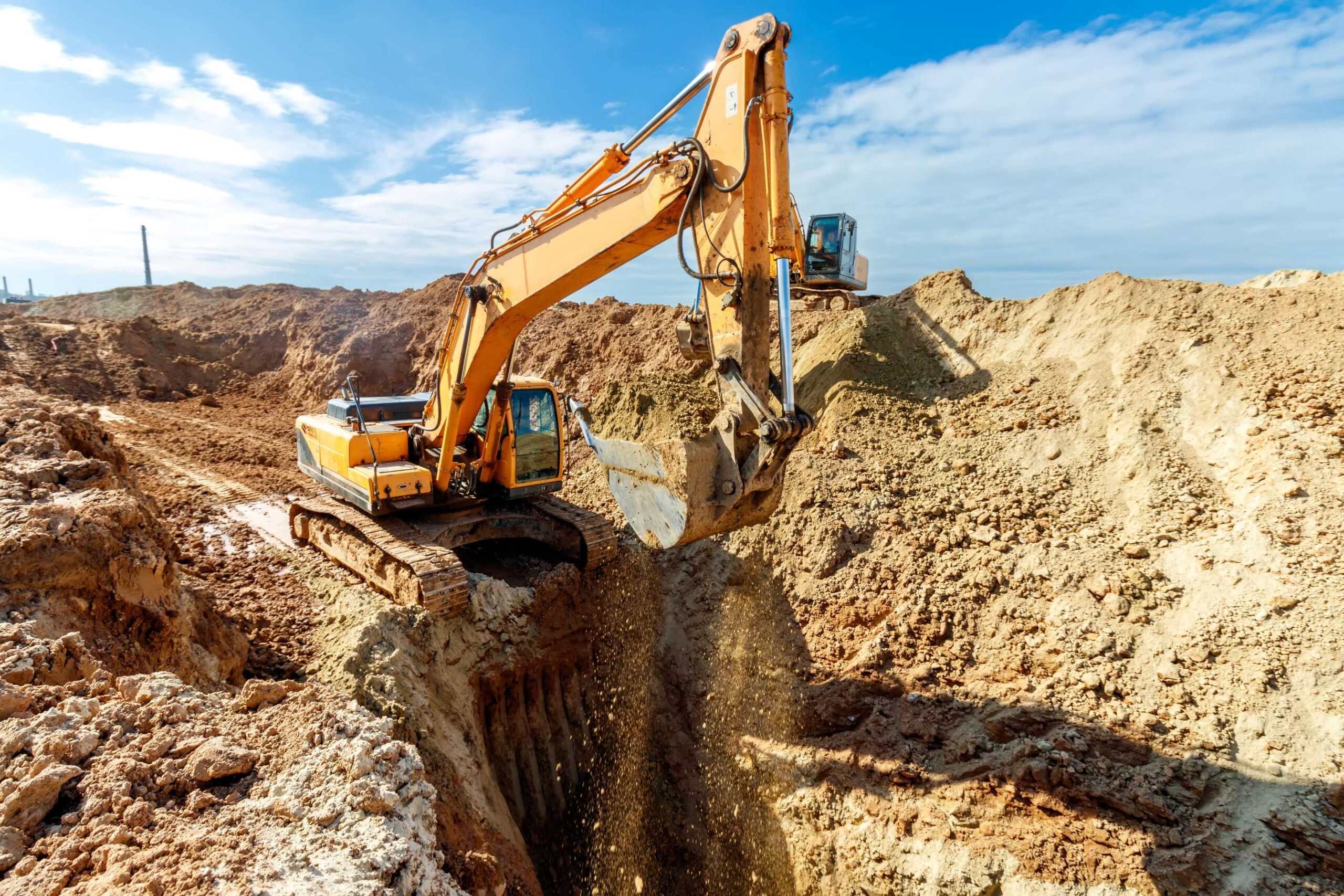
Safe Excavation
Course Overview
Trenches can be one of the most dangerous environments for workers. The requirements of 29 CFR 1926.21 are the focus of this online excavation safety course which will equip your workers with the knowledge to avoid being a victim on the worksite and prevent others from this safety risk as well.
Course Topics
- Understand soil testing, mechanics, and classification
- Maintain a safe excavation, leveraging sloping and benching procedures
- Selection and use of appropriate temporary protective structures and supports.
- Ensuring safe worker access and egress
- Use temporary crossing mats and ramps
Online Assessment
Students answer questions on the safe excavation online course material and are required to obtain a minimum passing mark of 80%. The student will have two additional opportunities to pass if required.
Completion Certificate
Following successful completion of this excavation awareness training, the student will have the opportunity to download and print a certificate of completion which is valid for a period of 3 years.
Bulk Purchases
To order multiple copies of this course for employees, please do give us a call directly at the number on the bottom of the page.
Frequently Asked Questions
-
- Overview and Purpose: A Safe Excavation course is a training program designed to teach workers and supervisors how to safely conduct excavation work, focusing on preventing hazards like cave-ins, falls, and equipment accidents. It aligns with the 5 P’s, starting with Plan—understanding the job site—and Prepare—ensuring proper training and equipment are in place before digging begins.
- Key Topics: The course covers OSHA standards (like 29 CFR 1926 Subpart P), soil classification, protective systems (e.g., sloping, shoring, trench boxes), and the 5-4-3-2-1 rule. For example, it emphasizes that trenches 5 feet deep or more need protective systems, and ladders must be provided for trenches 4 feet or deeper, extending 3 feet above the edge for safe exit. If a US focus is desired, please refer to our “Excavation and Trench Safety (OSHA)” course here.
- Practical Application: Participants learn to identify risks (e.g., unstable soil or nearby utilities) and apply safety measures like keeping excavated materials 2 feet from the trench edge. It also stresses the Professional aspect of the 5 P’s, requiring a competent person on-site to monitor safety at all times, ensuring compliance with the “1” in the 5-4-3-2-1 rule.
-
- Preventing Fatalities: Excavation work is inherently dangerous—cave-ins alone account for 75% of excavation-related deaths according to the Bureau of Labor Statistics. A course teaches workers how to Protect (5 P’s) using systems like trench boxes, reducing these risks.
- Legal Compliance: OSHA mandates training for anyone involved in excavations over 5 feet deep under the 5-4-3-2-1 rule. Without it, employers risk fines and workers risk injury, making the course critical for both safety and regulatory adherence.
- Real-World Impact: Consider a 2022 accident in Jarrell, Texas, where two workers died in a trench collapse due to inadequate protective systems. A Safe Excavation course could have equipped the crew with the knowledge to slope the trench properly or use a trench box, potentially saving lives by following the Proceed step cautiously after proper preparation.
-
- Target Audience: This course is essential for construction workers, supervisors, and equipment operators who dig trenches or excavations, especially those exceeding 4 feet where ladders are required (5-4-3-2-1 rule). The Plan and Prepare phases of the 5 P’s highlight the need for trained individuals to assess risks beforehand.
- Competent Persons: OSHA requires at least one trained “competent person” on-site (the “1” in 5-4-3-2-1), making the course vital for site leaders responsible for inspecting trenches and ensuring safety systems are in place before workers Proceed.
- Broad Relevance: Even workers not directly digging—like those near utility lines or heavy machinery—benefit from understanding hazards (e.g., keeping spoils 2 feet away from edges), fostering a team-wide safety culture under the Professional guidance of trained individuals.
-
- Our course takes roughly 2 hours to complete.
-
- Enhanced Safety: Workers gain skills to prevent accidents, like using shoring for trenches over 5 feet deep or keeping equipment 3 feet clear of edges (5-4-3-2-1 rule). This ties to the Protect step, reducing the chance of cave-ins or falls.
- Career Advancement: Certification boosts employability, as employers value workers trained in OSHA standards and the 5 P’s, especially those who can serve as competent persons (the “1” in 5-4-3-2-1), overseeing safety with Professional expertise. If a US focus is desired, please refer to our “Excavation and Trench Safety (OSHA)” course here.
- Cost Savings: Proper training minimizes accidents, avoiding costly delays, medical bills, or fines. For instance, a 2023 trench collapse in Florida injured a worker due to unsloped walls—a preventable error with training—highlighting how Planning and Preparing upfront saves resources long-term.
RELATED COURSES
Hazard Assessment Safety
A hazard is any practice, behavior, substance, condition, or combination of these that can cause...
Confined Space Entry & Monitor
Working in Confined Spaces occurs frequently in many work environments. This course will help individuals...
Gas Detection
This course provides essential information about the detection and control of flammable and toxic atmospheres...









